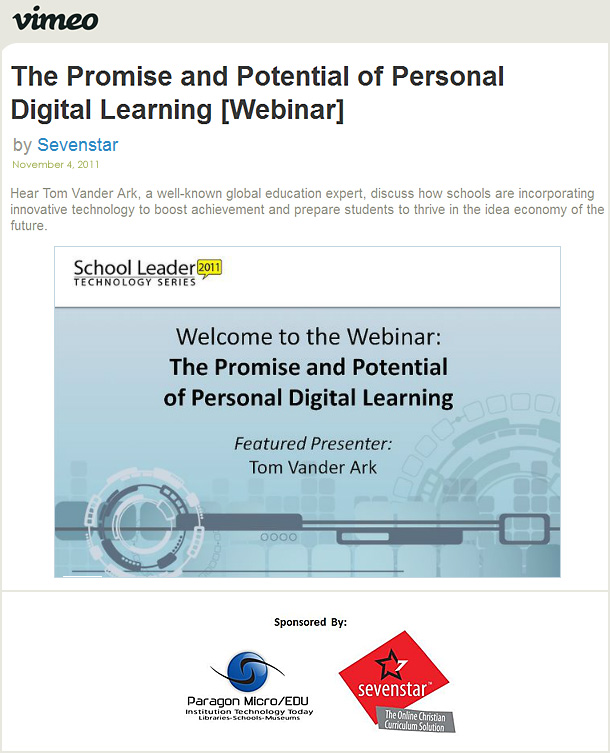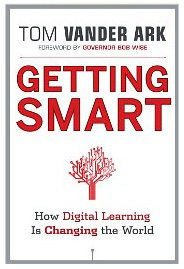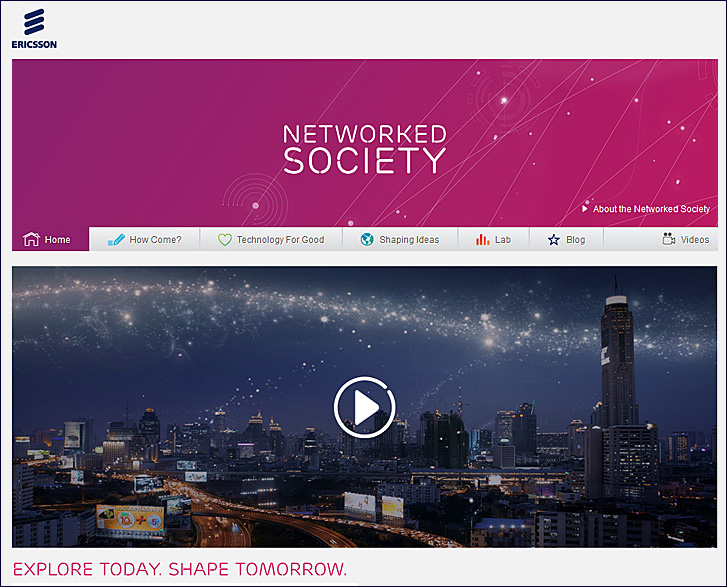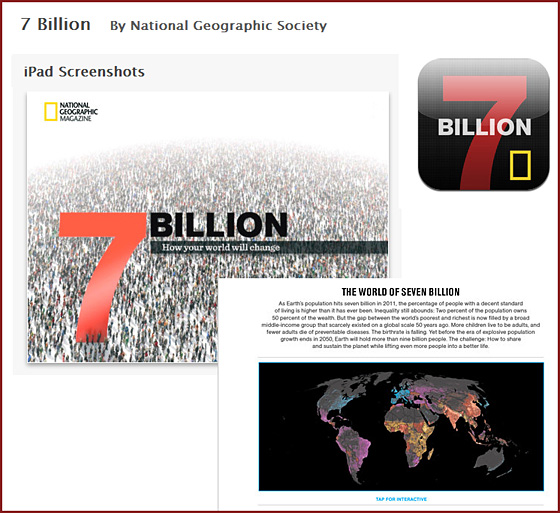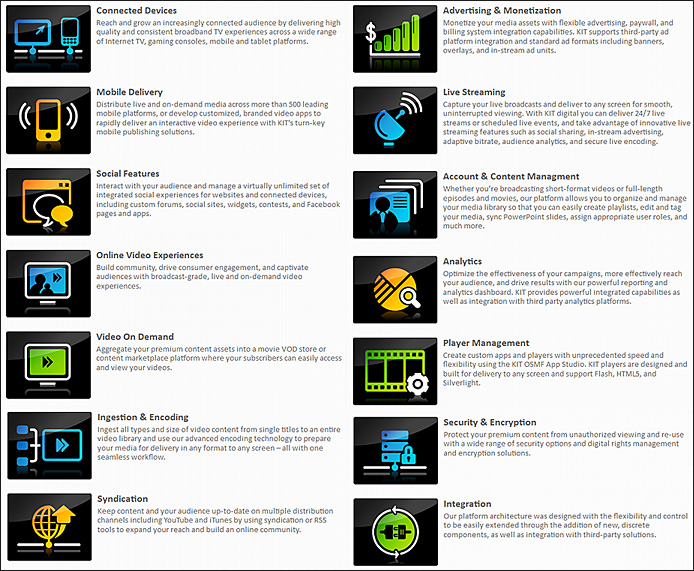Cloud Learning as Universal Primary Education — from Teemu Arina
Excerpts:
The internet is lowering the transaction costs of learning. This leads to a situation where learning happens more and more in the open markets, in a distributed and decentralized manner. It is obvious that the primary interface will be based on mobile, cloud-based devices. Some principles…
…
There are effectively three levels of certification: 1st hand, 2nd hand and 3rd hand certification.
- 1st hand certification is what you say you know.
In the old world you would describe your skills in a resume and leave it to the employer to evaluate if that holds true. In the new world you can make your work and learning processes visible as it happens, demonstrating progress and increasing the believability of your 1st hand descriptions. A simple blog (a log of thoughts) makes reflection visible and demonstrates the evolution and iteration of thinking as it happens.- 2nd hand certification is what others say about you.
In the old world you would describe your references in a resume and leave it to the employer to call these references to evaluate if these people really value your work and learning. In the new world people accumulate links, likes and comments to the resources you produce on social networks. A Klout score on social media or a personal stock price based on social media activity on EmpireAvenue demonstrate your social capital through a simple metric. The question is, are you making an impact with your progress, enabling other people to build on top of your work through reflection and co-creation, or are you effectively invisible to others?- 3rd hand certification is what an authority says about you.
In the old world you would get a certificate on hand to add in your resume that you have demonstrated the ability to pass a specific rat test (a school). This doesn’t necessarily mean you have mastered all the topics involved, but it demonstrates that you have been capable of passing such tests under the supervision of an authority. In the new world a single test in isolation is not enough but your ability to solve problems in connection with others.













